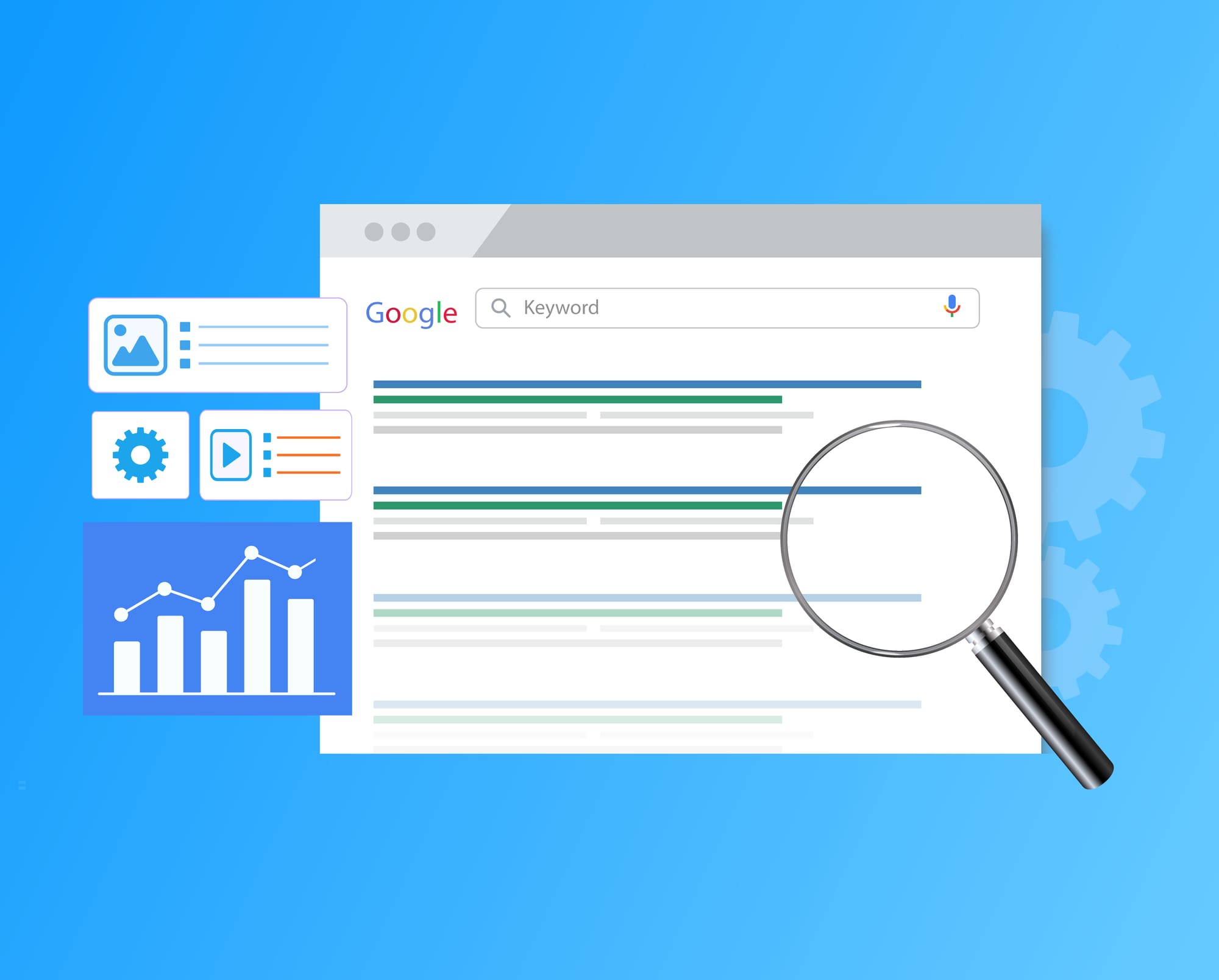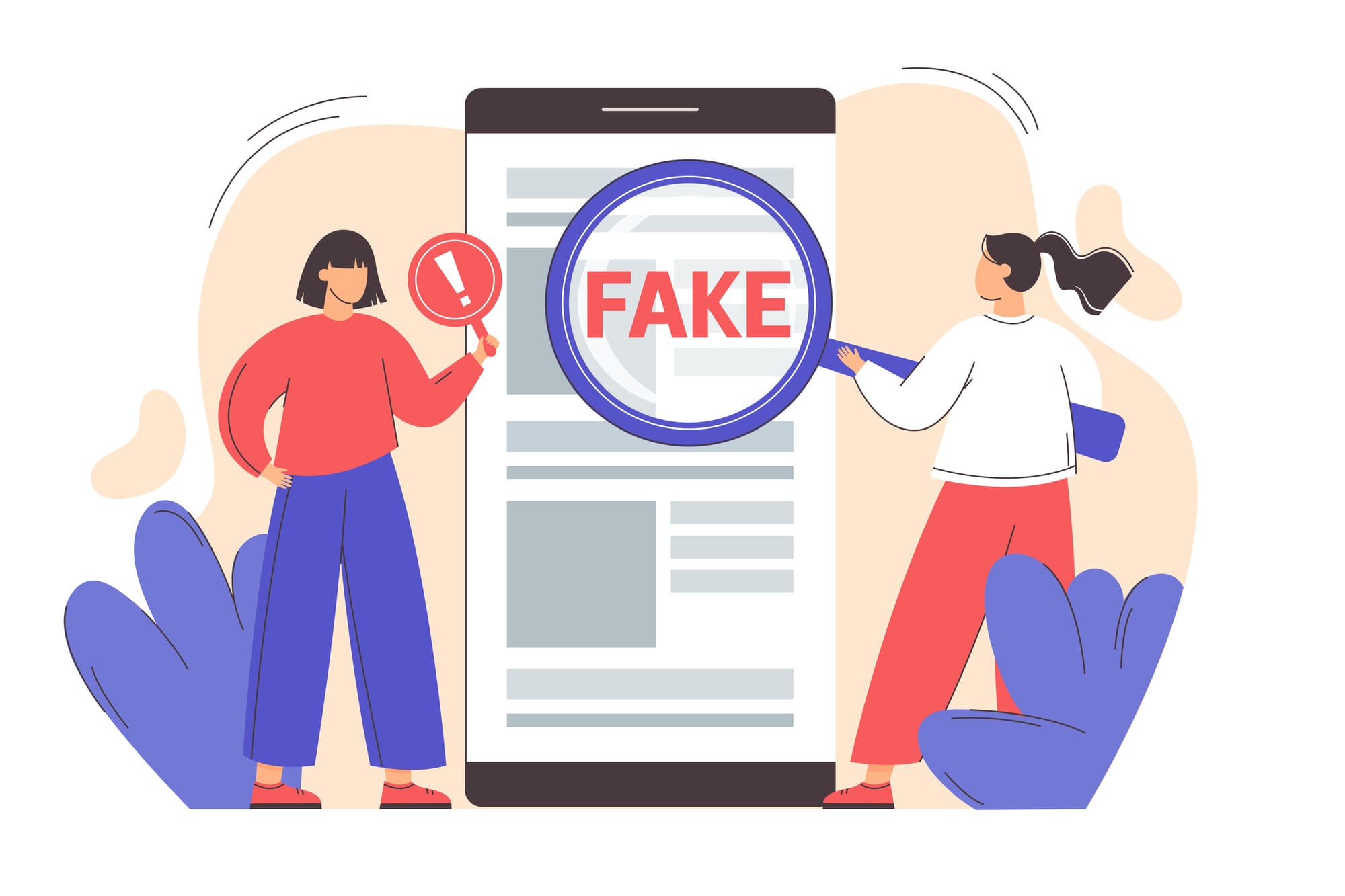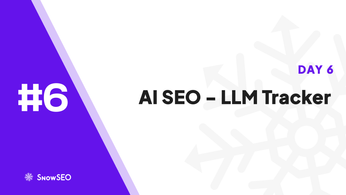
Best 6 Ultimate SEO Tips To Boost Your Online Presence
Boost your online presence with these SEO tips! Learn how search engines work, optimize your site, create great content, and promote your website. Start your SEO journey today!
Table of Contents
So, you want your website to rank higher in search results? You're in the right place! This SEO starter guide is designed for everyone, whether you're an experienced marketer or brand new to the world of online visibility. We'll walk you through the fundamentals of Search Engine Optimization (SEO) so you can get more eyes on your website, increase your traffic, and build a stronger presence online.
Understanding SEO: The Basics
SEO stands for Search Engine Optimization, which is the process of improving your website's visibility and ranking on search engines like Google, Bing, and Yahoo. The higher your website ranks, the more likely people are to find and visit it. But SEO is more than just ranking higher—it's about creating a better experience for your users and helping search engines understand your content.
How Do Search Engines Work?
Search engines like Google use automated programs called crawlers (or spiders) to constantly explore the web. These crawlers discover new pages, add them to Google's massive index, and rank them based on relevance and quality. The process is fully automated, but there are ways to influence how your site appears in search results.
- Crawling: Google discovers new pages by following links from known pages.
- Indexing: Once a page is crawled, it's added to Google's massive database (index).
- Ranking: When a user searches, Google's algorithm determines which pages are most relevant and useful.
Fact: Google processes over 40,000 search queries every second, which translates to over 3.5 billion searches per day.
SEO Essentials: What You Need to Know
Before diving into advanced strategies, let's cover the basics. These are the essential elements that will help your website get noticed by search engines and users.
1. Help Google Find Your Content

Google discovers pages primarily through links. If your site is new, you might need to give Google a little help. Here are some ways to ensure your content is found:
- Submit a Sitemap: A sitemap is a file that lists all the important pages on your website. You can submit it through Google Search Console.
- Promote Your Site: Share your content on social media, forums, or through partnerships. The more people who link to your site, the more likely Google is to find it.
Example: If you run a blog about baking, share your latest recipes on platforms like Pinterest or Instagram. This increases the chances of others linking back to your site.
2. Check if Google Can See Your Page

Google crawlers need to see your page the same way users do. If parts of your page are hidden or blocked, Google might not index it properly.
- Use the URL Inspection Tool in Google Search Console to see how Google views your page.
- Ensure your site doesn't block resources like CSS, JavaScript, or images. These are essential for rendering your page correctly.
Pro Tip:Test your page on different devices and browsers to ensure it looks and works the same way everywhere.
3. Optimize Your Site Structure

A well-organized site helps both users and search engines understand your content better.
- Use Descriptive URLs: Make your URLs easy to understand. For example, `https://www.example.com/best-italian-recipes` is better than `https://www.cavefinance/22/6785645D707920636174`.
- Group Similar Content: Use folders or directories to group related pages. For example, `https://www.example.com/travel-guides/europe/italy` makes it clear what the page is about.
Example:Amazon uses a clean URL structure to help users and search engines navigate its massive catalog.

Duplicate content can confuse search engines and users. Ensure each page on your site has unique and valuable content.
- If you have multiple pages with similar content, use canonical tags to tell Google which version is the primary one.
- Redirect users to the main page if you have duplicate content.
Pro Tip: Use tools like Google Search Console or Screaming Frog to identify duplicate content on your site.
Creating Compelling and Useful Content
Content is the heart of SEO. High-quality, engaging content not only ranks better but also keeps users coming back for more.
What Makes Content Great?
- Unique and Original: Don't copy content from other sites. Write something fresh and valuable.
- Well-Written: Use clear, concise language. Break up long paragraphs and use headings to make your content easy to read.
- Up-to-Date: Keep your content fresh. Update old posts and remove outdated information.
- Helpful and Reliable: Provide expert insights or sources to build trust with your readers.
Think About Your Readers' Search Terms
Anticipate the keywords your target audience might use to find your content. For example, if you're writing about "charcuterie," some users might search for "cheese board" or "party appetizers."
- Use Natural Language: Write for your readers, not just search engines. Google's algorithm is sophisticated enough to understand context.
- Focus on User Intent: What problem are your readers trying to solve? Make sure your content addresses their needs.
Pro Tip:Use tools like Google Keyword Planner or SEMrush to find popular keywords related to your topic.
Influence How Your Site Appears in Google Search
The way your site appears in search results can make or break a user's decision to click. Here's how you can influence it:
Craft Great Titles
- Be Clear and Concise: Your title should accurately describe the content of the page.
- Include Keywords: Use relevant keywords naturally, but don't stuff them.
- Make It Unique: Each page should have a unique title.
Example: "How to Make the Perfect Margherita Pizza | Italian Cooking Guide" is a clear and engaging title.
Write Compelling Snippets
The snippet is the short description under your title in search results. It should entice users to click.
- Keep It Short: Aim for 1-2 sentences.
- Include Key Information: Highlight the main topic or benefit of the page.
Pro Tip: Use the meta description tag to control what appears in your snippet.
Optimizing Images and Videos
Visual content is a powerful way to engage users and improve your SEO.
Image Optimization Tips
- Use High-Quality Images: Clear, sharp images provide better context for users.
- Add Descriptive Alt Text: Alt text helps search engines understand your images. For example, `alt="homemade margherita pizza on a wooden table"` is better than `alt="image123"`.
- Place Images Near Relevant Text: This helps Google understand the context of your images.
Example: If you're writing a recipe blog, place images of the finished dish near the recipe instructions.
Video Optimization Tips
- Embed Videos on Standalone Pages: This makes it easier for Google to index them.
- Use Descriptive Titles and Descriptions: Apply the same best practices for titles and snippets to your videos.
Pro Tip: Use schema markup to help Google understand your video content.
Promoting Your Website
Promotion is key to getting your content discovered. Here are some effective ways to promote your site:
- Social Media: Share your content on platforms like Facebook, Instagram, and LinkedIn.
- Community Engagement: Join forums, groups, or blogs related to your niche.
- Word of Mouth: Encourage happy users to share your site with others.
- Advertisement: Use paid ads to reach a wider audience.
Pro Tip: Build an email list and send newsletters to keep your audience engaged.
SEO Myths: What You Should Ignore

SEO is constantly evolving, and some old practices are no longer effective. Here are a few things you shouldn't waste your time on:
- Meta Keywords: Google no longer uses the meta keywords tag.
- Keyword Stuffing: Repeating the same keywords over and over will hurt your ranking.
- Domain Names: While a relevant domain name can help, it's not a major ranking factor.
Pro Tip: Focus on creating high-quality content and user-friendly experiences instead of chasing SEO myths.
Putting It All Together: SEO Checklist
- Help Google Find Your Content:
- Submit a sitemap
- Promote your site on social media and other platforms.
- Optimize Your Site:
- Use descriptive URLs
- Avoid duplicate content
- Ensure your site is mobile-friendly.
- Write unique, engaging, and up-to-date content.
- Anticipate your readers' search terms.
- Influence Search Results:
- Craft clear and compelling titles.
- Write snippets that entice clicks.
- Optimize Images and Videos:
- Use high-quality images with descriptive alt text.
- Embed videos on standalone pages.
- Promote Your Site:
- Share on social media.
- Engage with your audience.
- Build an email list.
Final Thoughts
SEO is a journey, not a destination. By following these best practices and staying up-to-date with the latest trends, you can improve your website's visibility, drive more traffic, and grow your online presence. Remember, SEO is all about creating a better experience for your users and helping search engines understand your content.
Pro Tip: Stay patient and persistent. SEO takes time to show results, so keep iterating and improving your strategy.
Ready to Get Started?
Bookmark this guide and start implementing these tips today. With consistent effort, you'll be well on your way to SEO success!
1. What is SEO and why is it important?
SEO stands for Search Engine Optimization. It's the process of improving your website's visibility and ranking in search engine results pages (SERPs) like Google, Bing, and Yahoo. It's important because higher rankings lead to more organic traffic, which can result in increased brand awareness, leads, and sales.
2. How do search engines like Google find and rank websites?
Search engines use automated programs called crawlers (or spiders) to explore the web. These crawlers follow links from known pages to discover new ones. Once a page is crawled, it's added to Google's index (massive database). When a user searches, Google's algorithm determines which pages are most relevant and useful and ranks them accordingly.
3. How can I help Google find my website's content?
You can help Google find your content by:
- Submitting a sitemap to Google Search Console. A sitemap is a file that lists all the important pages on your website.
- Promoting your site by sharing your content on social media, forums, and through partnerships. The more backlinks you get from reputable sites, the better.
4. Why is site structure important for SEO?
A well-organized site structure helps both users and search engines understand your content better. Use descriptive URLs and group similar content into categories or directories to make navigation easier.
5. What is duplicate content and how can I avoid it?
Duplicate content is when the same or very similar content appears on multiple pages of your website or across different websites. To avoid it, ensure each page on your site has unique and valuable content. If you have multiple pages with similar content, use canonical tags to tell Google which version is the primary one or redirect users to the main page.
6. What makes content "great" for SEO?
Great SEO content is:
- Unique and Original: Don't copy from other sites.
- Well-Written: Use clear, concise language, headings, and short paragraphs.
- Up-to-Date: Keep your content fresh and relevant.
- Helpful and Reliable: Provide expert insights and reliable sources.
7. How can I influence how my site appears in Google search results?
You can influence your site's appearance by:
- Crafting clear and compelling titles that accurately describe the content and include relevant keywords.
- Writing compelling snippets (meta descriptions) that entice users to click. Keep them short and include key information.
8. How can I optimize images for SEO?
Optimize images by:
- Using high-quality images.
- Adding descriptive alt text to each image that helps search engines understand what the image is about.
- Placing images near relevant text.
9. What are some effective ways to promote my website?
Effective promotion methods include:
- Sharing your content on social media platforms.
- Engaging in relevant online communities, such as forums and groups.
- Encouraging word-of-mouth referrals.
- Considering paid advertising to reach a wider audience.
- Building an email list and sending newsletters to keep your audience engaged.
10. What are some common SEO myths I should ignore?
Avoid these SEO myths:
* Meta Keywords: Google no longer uses the meta keywords tag.
* Keyword Stuffing: Repeating the same keywords excessively will hurt your ranking.
* Domain Names: While a relevant domain name can help, it's not a major ranking factor.







